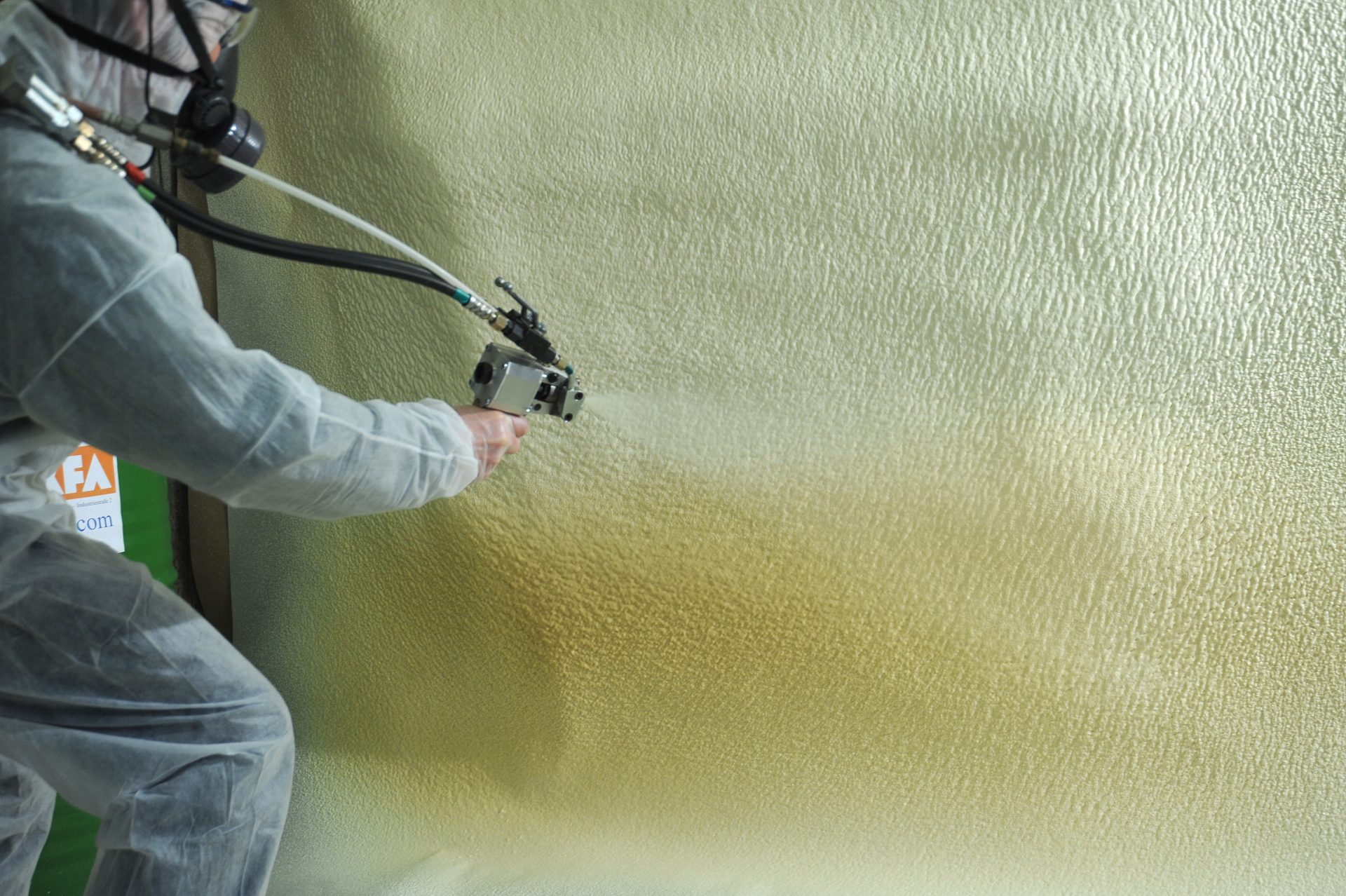4th generations of foams which uses new HFO blowing agent.
Foams consist of various components, and one of the most important is the blowing agent. The thermal conductivity of the material (up to 60% of the insulation value) and also whether it is a nature-friendly product or not depends largely on this material.
The first generation foam was based on a freon-containing blowing agent, the second generation on a water basis and the third on a physical or carbon basis and the fourth and last on a hydrogen fluoroolefin basis. Today, the biggest and global challenge is greenhouse gases, and many manufacturers are working to reduce the natural footprint of their products. The new HFO blowing agent-based foams are a great example of how manufacturers are making great efforts to significantly improve the technical characteristics of their products, such as thermal conductivity. Compared to the older generation foams, the thermal conductivity is 25% better, the product is more stable over time, the shrinkage is minimized, and the density of the foam is 13% lower compared to water-based ones. The share of carbon dioxide has been reduced to as much as 99.8% compared to previous foams. As we can see, not all foams have been created to be equal and thanks to excellent development work, the new 4th generation foams have been brought to a level never seen before. If you are faced with a choice and want to insulate, be sure to ask for a quote for the new generation (HFO) foams, as this product surpasses all conpdventional insulation solutions on the market in terms of technical properties, such as glass wool, rock wool, expanded polystyrene and xps.
One of the hfo producer review of the product https://polimaris.com/wp-content/uploads/2020/11/honeywell-blowing-agents-spray-vs-water-blown-systems-brochure.pdf
